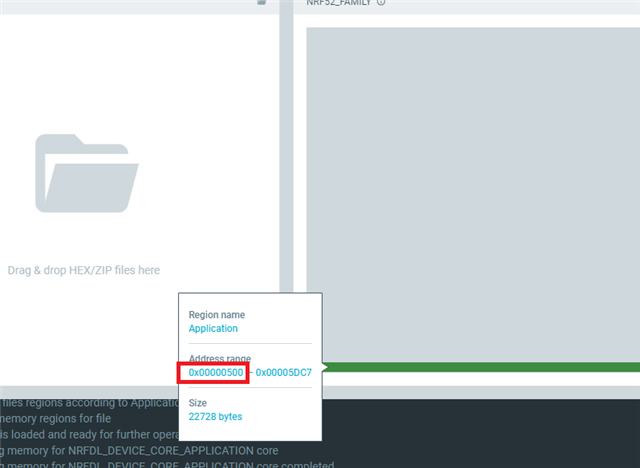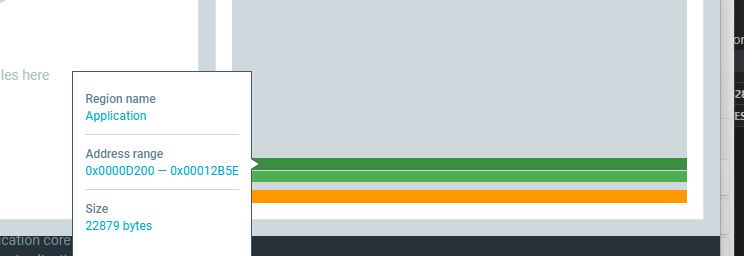Hi
I am trying to modify the MCUboot image to meet the requirements of the project one of the rquirements is to boot the application directly from the secondary partition, I found the Direct-XIP configuration that does that exactly so I enable it at first it worked, the MCUboot image's "prj.conf" looked like this:
CONFIG_MCUBOOT_LOG_LEVEL_DBG=y CONFIG_BOOT_SWAP_USING_MOVE=n CONFIG_BOOT_DIRECT_XIP=y
later I made some modifications directly to the SDK since I needed to update the secondary partition's image so that the DFU service of the Bluetooth connection could overwrite the image, because the service detected that the image was never swapped and it will just restart the device without upgrading the image. To solve this I erased the Trailer of the secondary partition's image.
At some point (not sure when) the MCUboot stopped booting the secondary's partition image (the devices doesn't get stuck, it just boots the primary partition's image) even when the Log says that the image in the secondary partition is newer and that it will be booting it (the address send to the function "do_boot" is the address of the secondary partition).
I tried going back in all my changes but the error is still present.
Right now I have been debugging the booting process after the partition has been selected and it seems that both partitions have the same MSP (Main Stack Pointer) so that might be why the primary partition is booted even when the secondary partition is selected.
I also found that I might need to use a file that has the word "secondary" in its name when writing an image in the secondary partition, I suppose that this one has the correct MSP to boot the image in the secondary partition, but I cannot see it in the "build" folder, while searching for this file found the configuration "CONFIG_BOOT_BUILD_DIRECT_XIP_VARIANT" on the application's "prj.conf" but this configuration is of the SDK version 2.0.X and I am using the SDK version 1.8.0.
What should I do so that I can get the correct image for the secondary partition (I would like to avoid the migration of the SDK if posible) or what should I configure in the MCUboot so that it can be booted?
Thanks,
Erasmo




